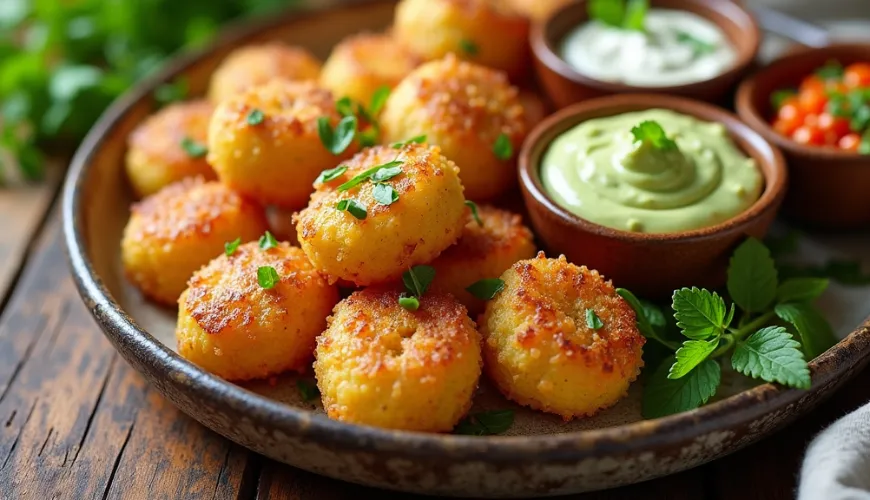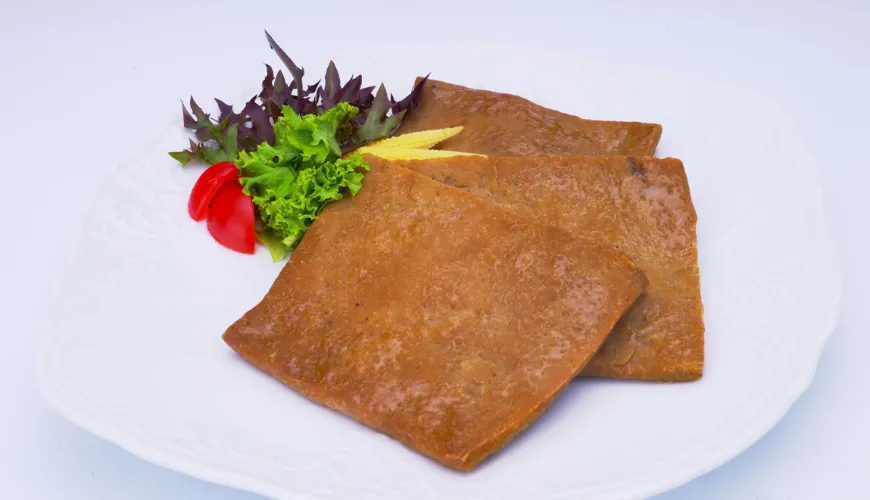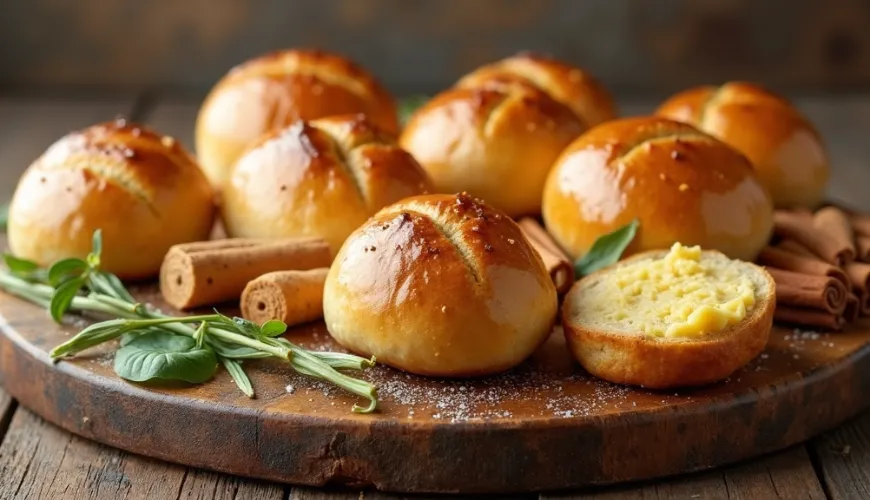
How to Prepare Homemade Croquettes and Impress Family and Friends

Homemade croquettes are one of those dishes that immediately evoke a sense of comfort, nostalgia, and the aroma of home. Crisp on the outside, soft on the inside, and full of potato flavor – this combination makes croquettes a favorite side dish or even a standalone meal. While restaurants often serve frozen croquettes fried in oil, the homemade version offers something entirely different: authenticity, freshness, and control over ingredients. Moreover, oven-baked croquettes can be just as delicious, without being greasy.
Where do croquettes actually come from?
The origin of croquettes traces back to French cuisine, where the word croquette refers to a small fried roll filled with various ingredients – from meat to vegetables. Gradually, they spread across Europe, and especially in Central European households, potato croquettes became a popular way to use leftover boiled potatoes. In the Czech context, they are most commonly associated with a potato side dish for meat or vegetable dishes.
What has changed? Previously, croquettes were almost exclusively fried in oil. Today, as more people monitor their fat intake and prefer healthier eating, homemade oven-baked croquettes are on the rise. This version retains all its flavor while offering the bonus of healthier preparation and the ability to customize the recipe to your taste.
How to make the best homemade croquettes?
At their core, croquettes are very simple. The base is boiled potatoes, which are mashed into a fine purée, seasoned, coated, and baked. It seems easy – and it is. However, there are a few small things that determine whether the result is just "good" or truly the best homemade croquettes that you'll want to enjoy again and again.
One key element is the selection of potatoes. Starchy ones, type C, work best as they mash easily after boiling and form a sticky texture. If new or waxy potatoes are used, the mixture will be harder to bind, and the croquettes may crack or fall apart.
Another important component is consistency. The potato mixture should be firm but not dry. That's why egg yolk is often added, or a bit of butter or grated cheese, which enhances the flavor of the croquettes. Some also add a pinch of nutmeg or garlic – these small details create the final character of the dish.
Then there's the coating. The classic breading method – flour, egg, breadcrumbs – works here too, but alternative coatings can also be used. For example, corn breadcrumbs add extra crunchiness to the croquettes, while ground oats add nutritional value and a subtle nutty tone.
Homemade oven-baked croquettes
If the reason for home preparation is to avoid burnt oil and heavy foods, the oven offers a great solution. When baking in the oven, croquettes don't need to be submerged in oil – just lightly spray them with oil or brush them with a pastry brush.
When prepared correctly, the result is croquettes with a golden, crispy crust and a soft center. The advantage is that you don't have to worry about burning oil or constantly tending to the croquettes. You simply put them in the oven and take them out after 25–30 minutes.
The experience of one Czech mother is telling: "I started making homemade oven-baked croquettes when I realized how much oil the store-bought ones absorb. Now my kids won't eat any other – they especially love the ones with cheese inside."
Homemade potato croquettes
The foundation of every croquette recipe is quality potatoes. If you have leftovers from the previous day, don't hesitate to use them – that's the magic of home cooking. Mashed potatoes are seasoned with salt, pepper, and possibly herbs, and shaped into rolls or balls.
Popular variations include:
- Cheese croquettes – adding grated cheese like cheddar or parmesan creates a richer flavor.
- Herb croquettes – chopped parsley, thyme, or chives refresh the potato base.
- Garlic and onion croquettes – lightly fried onion and garlic add depth of flavor to homemade croquettes.
- Vegetarian croquettes with pumpkin or broccoli – mixed vegetables increase nutritional value and add color to the plate.
To ensure the croquettes hold their shape, it's important to chill the dough well – ideally in the refrigerator for at least 30 minutes. Cold dough is easier to form and holds together during baking.
They are baked in the oven at 200 °C on baking paper, for approximately 25 minutes. It's recommended to turn them halfway through to ensure they are golden on all sides.
When and with what to serve croquettes?
Homemade croquettes are not just a side dish – they can be a standalone course, especially when accompanied by an interesting dip. Yogurt with herbs, garlic mayonnaise, or even avocado dip elevate the dish to modern cuisine. They also pair well with plant-based burgers, vegetable pancakes, or as an alternative to fries at a barbecue.
Croquettes often find a place in festive menus – as a side dish to roasted meat, fish, or vegetarian roasts. If you make them smaller, they can become a popular party snack – just add a few toothpicks and dips in small bowls.
A British culinary blogger once stated: "A croquette is like a little time machine – it takes me back to my grandmother's kitchen." And that's not far from the truth. The aroma of baked potatoes, butter, and herbs can evoke the atmosphere of home, peace, and tradition.
Homemade croquettes recipe
Here's a basic recipe that can be easily adapted:
Ingredients:
- 800 g boiled potatoes (ideally type C)
- 1 egg yolk
- 30 g butter
- salt, pepper
- a pinch of nutmeg (optional)
- breadcrumbs for coating
- 1 egg for coating
- a tablespoon of flour (for hands or dusting)
- oil spray or a little vegetable oil for brushing
Instructions:
- Grate or mash the potatoes finely, add butter, egg yolk, salt, pepper, and optionally other ingredients to taste (cheese, herbs).
- Chill the mixture in the refrigerator.
- Form rolls or balls, coat them in flour, egg, and breadcrumbs.
- Place on a baking sheet with parchment paper, brush with oil or spray.
- Bake in a preheated oven at 200 °C for about 25 minutes. Turn halfway through.
The result is homemade potato croquettes that are crispy, tasty, and yet light. And most importantly – you know exactly what you've put into them.
When tradition meets a modern approach to cooking, something deserving of a place not only on the plate but also in family recipes is created. And homemade croquettes – whether classic, vegetable, or cheese – have the potential to become a kitchen staple that bridges generations.

